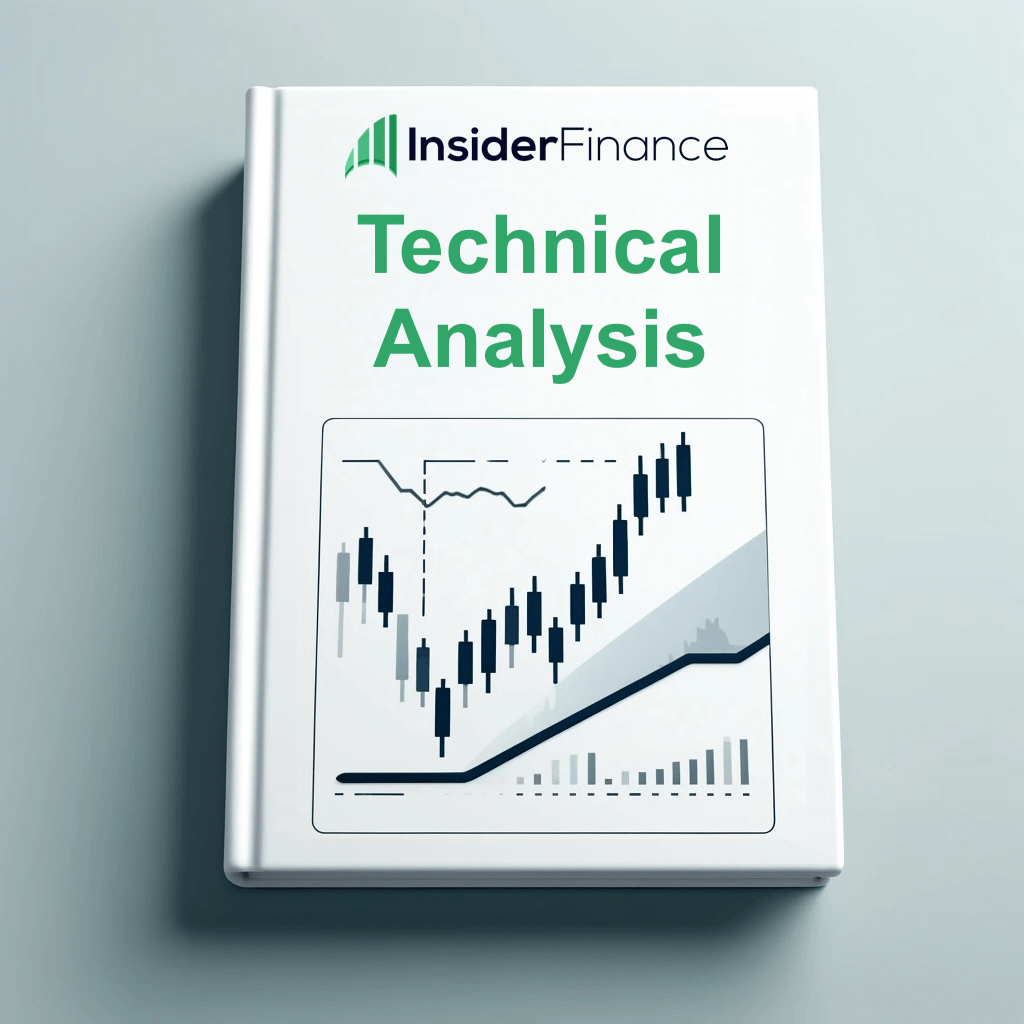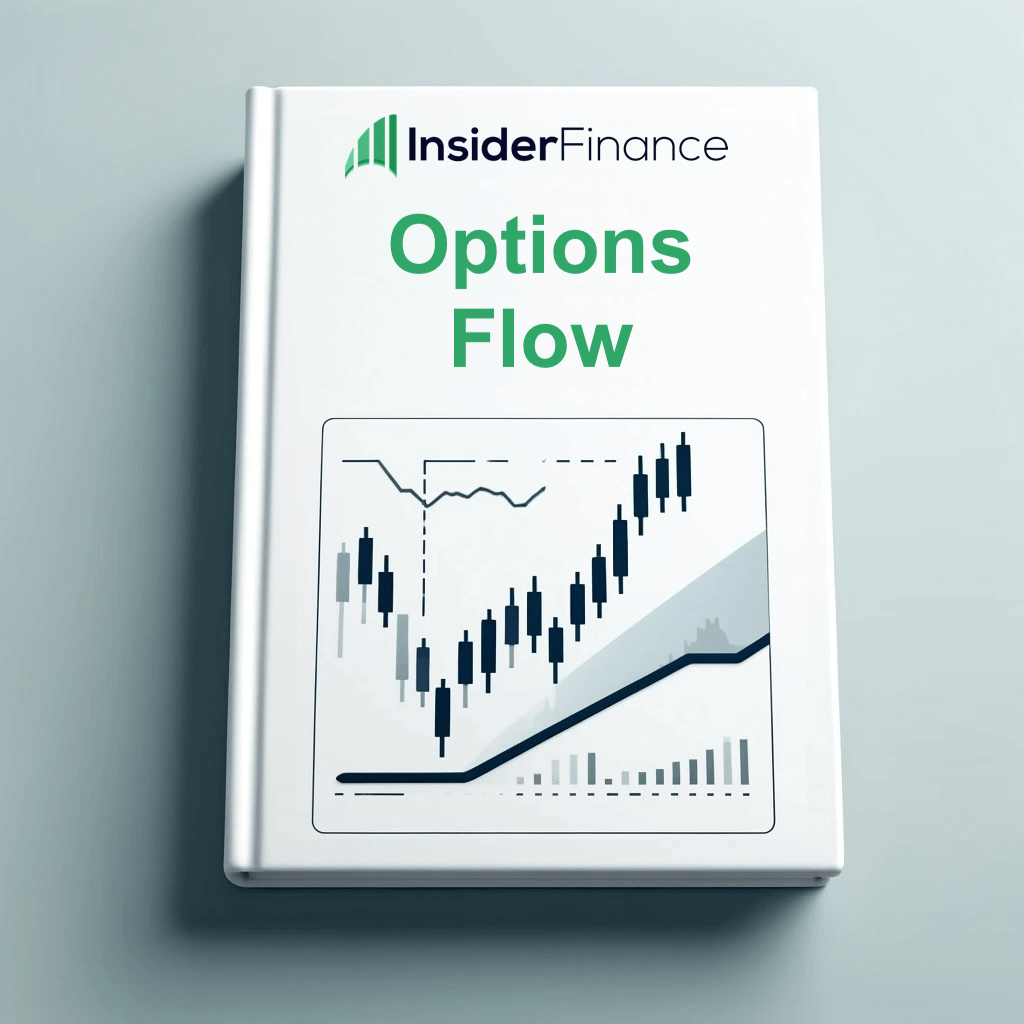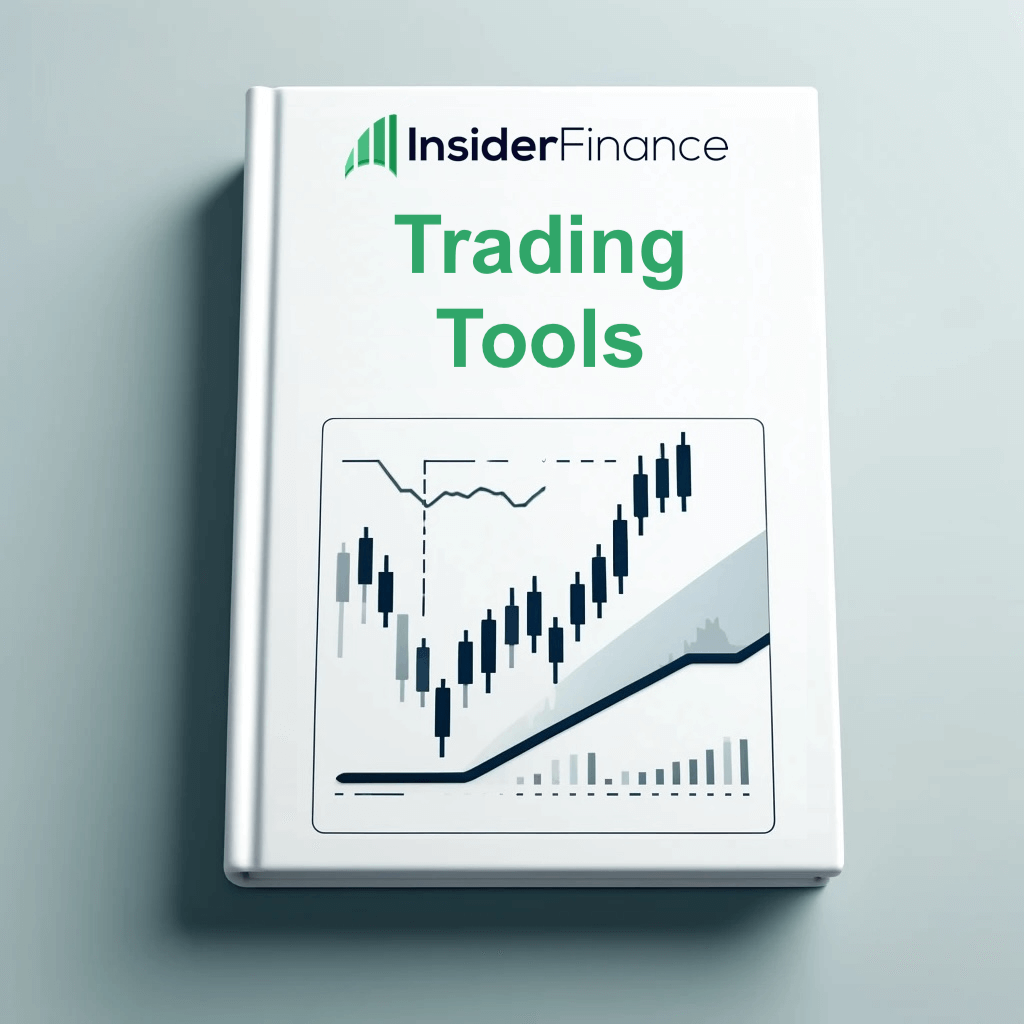Identifying Late Buys and Sells
InsiderFinance highlights dark pool prints that are reported late. Institutional investors execute trades on European dark pools as a loophole to avoid reporting trades until hours later or even the next trading day.
Due to the nature of how dark pool orders are filled and reported, a trade may be delayed up to 24 hours before being made public.
These are the trades that institutional investors make an extra effort to hide.
Identifying Late Buys and Sells
How do we identify them?
The spot price on these trades is outside the day's price range—it is higher than the current day’s high price or lower than the current day’s low price—so we know these trades couldn’t have been traded during the current trading session.
If you see multiple late buys or late sells on the same ticker, this could indicate the beginning of a trend.
Dark pool prints traded below the open of the current trade day are highlighted in green and imply bullish sentiment.
- This means an institution bought the stock before it increased in price the following day.

Dark pool prints traded above the open of the current trade day are highlighted in red and imply bearish sentiment.
- This means an institution sold the stock before it decreased in price the following day.

InsiderFinance also identifies late buys and sells on ETFs for major indexes like SPY, QQQ, IWM, or DIA, sometimes called signature prints.


